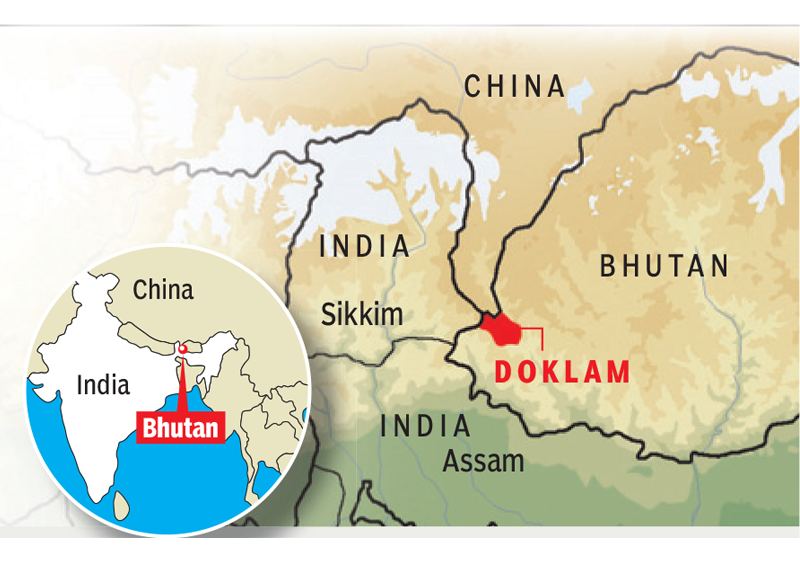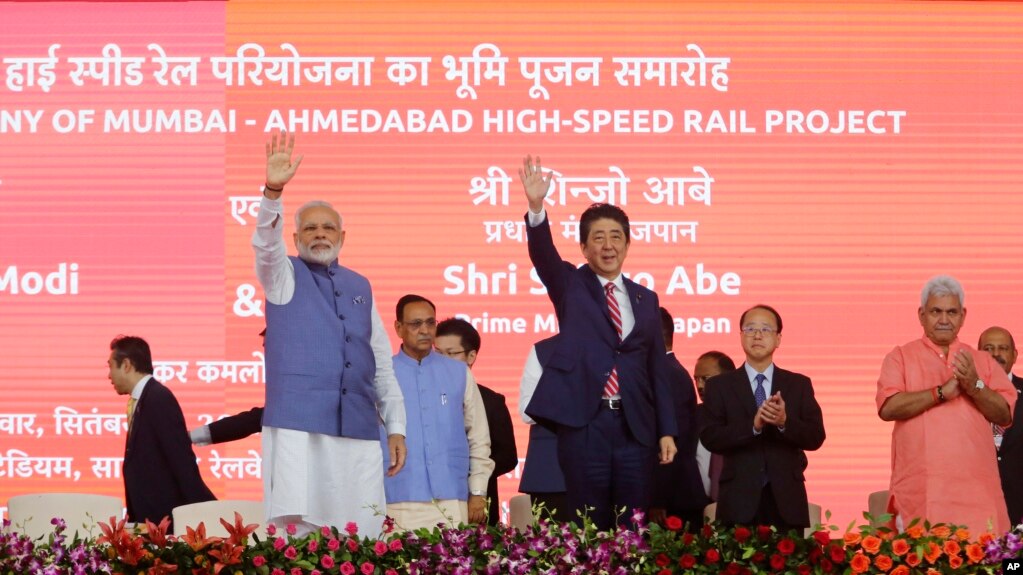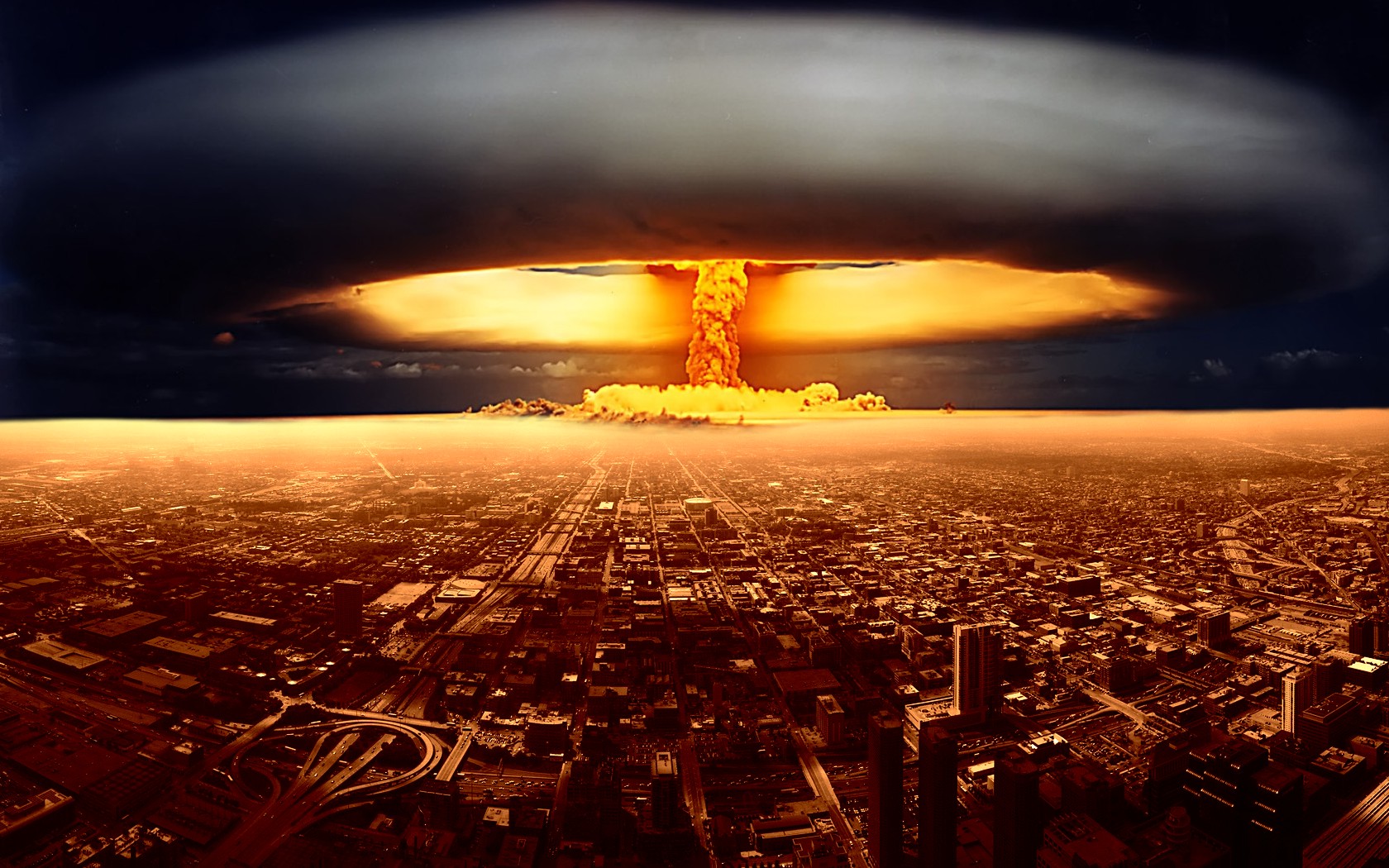By Hemant Adlakha

As the new year gets underway, and Chinese foreign policy analysts join their counterparts around the world in assessing the events of 2017, the emerging international relations (IR) discourse in Beijing is quite a revelation — at least to the Japanese and Indian strategic affairs community.
While most Chinese believe Japan to be the second biggest threat to China’s “peaceful rise,” according to a few Chinese experts, the rising global profile of India, especially under the “right-wing” nationalist Prime Minister Narendra Modi and his Bharatiya Janata Party (BJP), has gone unacknowledged.
In February 2015, The Diplomat carried an article by a Chinese scholar titled “Why China Doesn’t See India as a Threat.”
In April 2017, Sanjeev Nayyar, an independent columnist, wrote: “One thing China must understand is that the Indian government is not obsessed with being a threat to China but only wants a rightful place for India in the world.”
And in the fall of 2017, China’s semi-official, hyper-nationalist Global Times dismissed with disdain any talk of India worrying China in an article titled “India-Japan intimacy poses no real threat to China.”
The article was written in response to Japanese Prime Minister Shinzo Abe’s India visit in September.
The Global Times also – it now seems ignorantly – wrote off India’s successful test of its long-range ballistic missile Agni-IV a year ago, commenting: “China should realize that Beijing wouldn’t hold back India’s development of Agni-IV. However, Chinese people don’t think India’s development has posed any big threat to it.”
As the year 2017 was drawing to a close, however, Yin Guoming, a Chinese foreign affairs analyst, argued that India, and not Japan, is now the second biggest threat to China after the United States. Here’s an excerpt:
"China-India standoff has compelled us to regard India as a serious rival.
As the year 2017 was drawing to a close, however, Yin Guoming, a Chinese foreign affairs analyst, argued that India, and not Japan, is now the second biggest threat to China after the United States. Here’s an excerpt:
"China-India standoff has compelled us to regard India as a serious rival.
"During the Doklam confrontation, it became very clear to everyone – from ordinary "Chinese to foreign policy experts – China must reckon India to be its second biggest rival.
"And that China needs to re-assess, re-examine, and reformulate its India strategy."
However, more significantly, the article pointed out that most people in China were not yet ready to recognize the Indian threat.
China’s strategic affairs community has been arguing for some time now that, viewed geopolitically, Sino-Indian relations are the second most important bilateral ties for Beijing following the Sino-U.S. relationship.
However, more significantly, the article pointed out that most people in China were not yet ready to recognize the Indian threat.
China’s strategic affairs community has been arguing for some time now that, viewed geopolitically, Sino-Indian relations are the second most important bilateral ties for Beijing following the Sino-U.S. relationship.
Most Chinese came in for a rude shock in the summer of 2017, when the Indian army openly crossed into Doklam border region and for weeks refused to withdraw.
Writing in an influential, widely read online patriotic portal based in China’s Hainan province and popular among rich, educated urban Chinese, Li Yang, a current affairs commentator wrote in July – midway through the Doklam confrontation – “The biggest mistake we have made in the past two decades has been to underestimate India and ignore India. During these years of India’s rapid progress, we did not trouble India, did not make India stumble or make India shed tears.”
Earlier, in May 2017, India announced – just a day in advance – that it would not be present at the inauguration of China’s first mega-diplomatic event of the year, the Belt and Road Forum, citing sovereignty concerns.
Earlier, in May 2017, India announced – just a day in advance – that it would not be present at the inauguration of China’s first mega-diplomatic event of the year, the Belt and Road Forum, citing sovereignty concerns.
The Chinese, though angered by India’s last minute boycott, chose to officially remain silent.
A section of China’s foreign affairs commentators did indeed hint it was a mild setback to their diplomacy.
By comparison, the Doklam faceoff, which cropped up within a few weeks of Belt and Road Forum, was a “game changer.”
By comparison, the Doklam faceoff, which cropped up within a few weeks of Belt and Road Forum, was a “game changer.”
It went well beyond the Chinese imagination.
Interestingly, as the days passed, India’s refusal to withdraw its troops as well as its dismissive attitude toward engaging with the Chinese on the issue, simply left the Chinese puzzled and clueless as to the Indian game plan.
Not surprisingly, Shen Dingli, a Chinese international relations scholar at Fudan University, counted the Doklam crisis as among China’s top five diplomatic failures under the so-called “Xi-style Diplomacy.”
Current trends in Chinese discourse on the potential India threat, if acknowledged and accepted at the official level by the central authorities in Beijing, would mean further intensification of China and India viewing each other as a hostile “enemy” in the future.
Current trends in Chinese discourse on the potential India threat, if acknowledged and accepted at the official level by the central authorities in Beijing, would mean further intensification of China and India viewing each other as a hostile “enemy” in the future.
The following arguments have been offered by some Chinese scholars as to why India, and not Japan, will pose a bigger threat and challenge for China in the coming years.
In the context of geopolitics, China believes it enjoys a greater advantage over Japan.
In the context of geopolitics, China believes it enjoys a greater advantage over Japan.
Japan is a maritime nation and maritime trade and transportation forms Japan’s economic as well as survival lifeline.
Geographically too, Japan’s location makes its energy supply route from the Middle East longer than China’s.
Both logistically and economically, the South China Sea route is the shortest path.
Once China establishes its full hegemony in the South China Sea (and also regains control over Taiwan, which has long been Beijing’s dream), China would naturally be able to easily place a stranglehold on Japan by dominating maritime trade routes – crucial for Japan’s existence.
In contrast, China’s own crucial maritime energy supply route passes through the Indian Ocean, which falls within the Indian military threat zone.
In contrast, China’s own crucial maritime energy supply route passes through the Indian Ocean, which falls within the Indian military threat zone.
During the Doklam confrontation, the Chinese took due notice of Indian analysts making statements that in the event of a India-China military clash, India would cut off China’s maritime access to the Indian Ocean.
Of course, it is true many Chinese dismiss the Indian threat as nothing but a joke.
Of course, it is true many Chinese dismiss the Indian threat as nothing but a joke.
But that is more because India has not yet fully realized its potential, not because India is not capable of becoming a future threat to China.
Some analysts in China have also expressed their frustration over India’s “unchecked” rapid economic progress during the past two decades.
Some analysts in China have also expressed their frustration over India’s “unchecked” rapid economic progress during the past two decades.
These experts and scholars are rather candid in admitting China had failed to anticipate the “revolutionary” transformation Narendra Modi has brought about in the Indian national psyche.
True, it is not a revelation to the Chinese that India has always viewed China is its “imaginary enemy.”
Moreover, it is not hidden from the Chinese either that the Indian defeat during the 1962 boundary war has since remained the single most crucial factor in determining India’s national defense strategy. Yet, it is only now and under Modi, as India’s stature in global politics has risen, that China has suddenly realized that — unlike Japan — India is a nuclear weapon state.
Finally, thanks to the Modi government’s uncharitable stance, it has dawned upon China’s strategic affairs community that Beijing’s Belt and Road strategy is bound to produce more and more structural contradictions between the two neighbors, already rapidly becoming hostile.
No wonder, if the media reports from Beijing are true, that the People's Republic of China for the first time keenly awaited the outcome of this year’s assembly elections in India.
No wonder, if the media reports from Beijing are true, that the People's Republic of China for the first time keenly awaited the outcome of this year’s assembly elections in India.
Following the Gujarat elections, the mandarins watching India in the Chinese foreign affairs ministry, it is believed, have predicted in their dossier that Modi will enjoy a second term as the prime minister in 2019.
Going by the current Chinese discourse, Beijing is certainly not going to just sit and watch and let India become a threat.
Going by the current Chinese discourse, Beijing is certainly not going to just sit and watch and let India become a threat.
The question that looms large, then, is what China is going to do about it.









